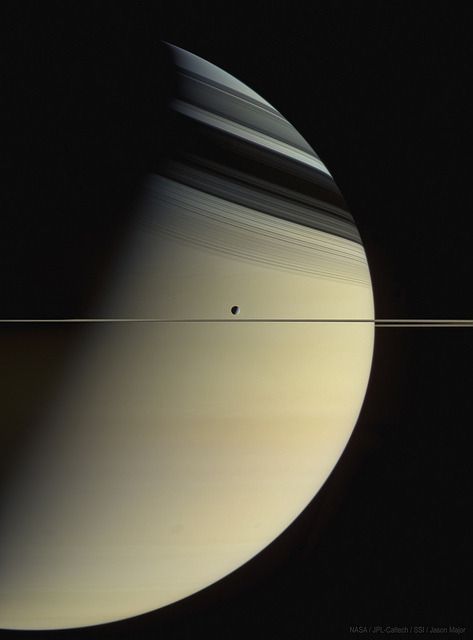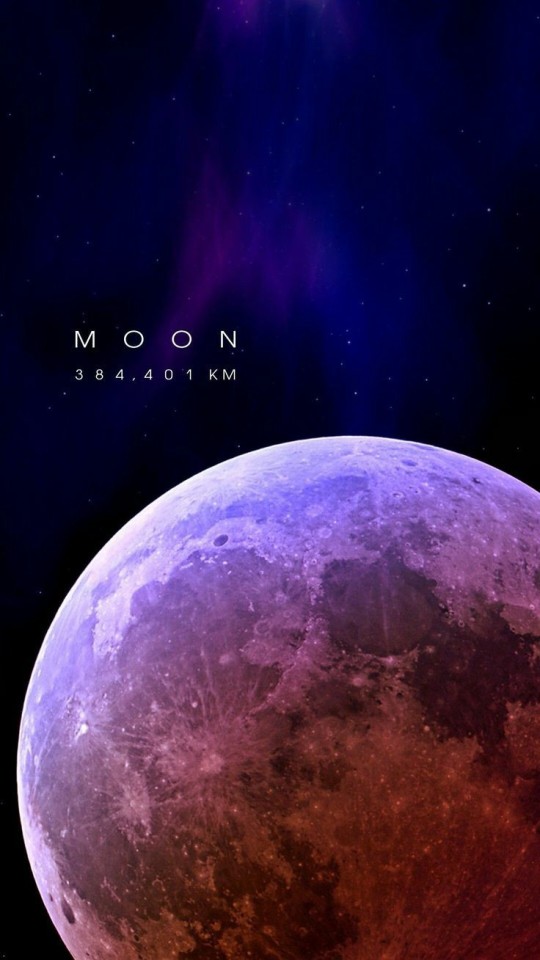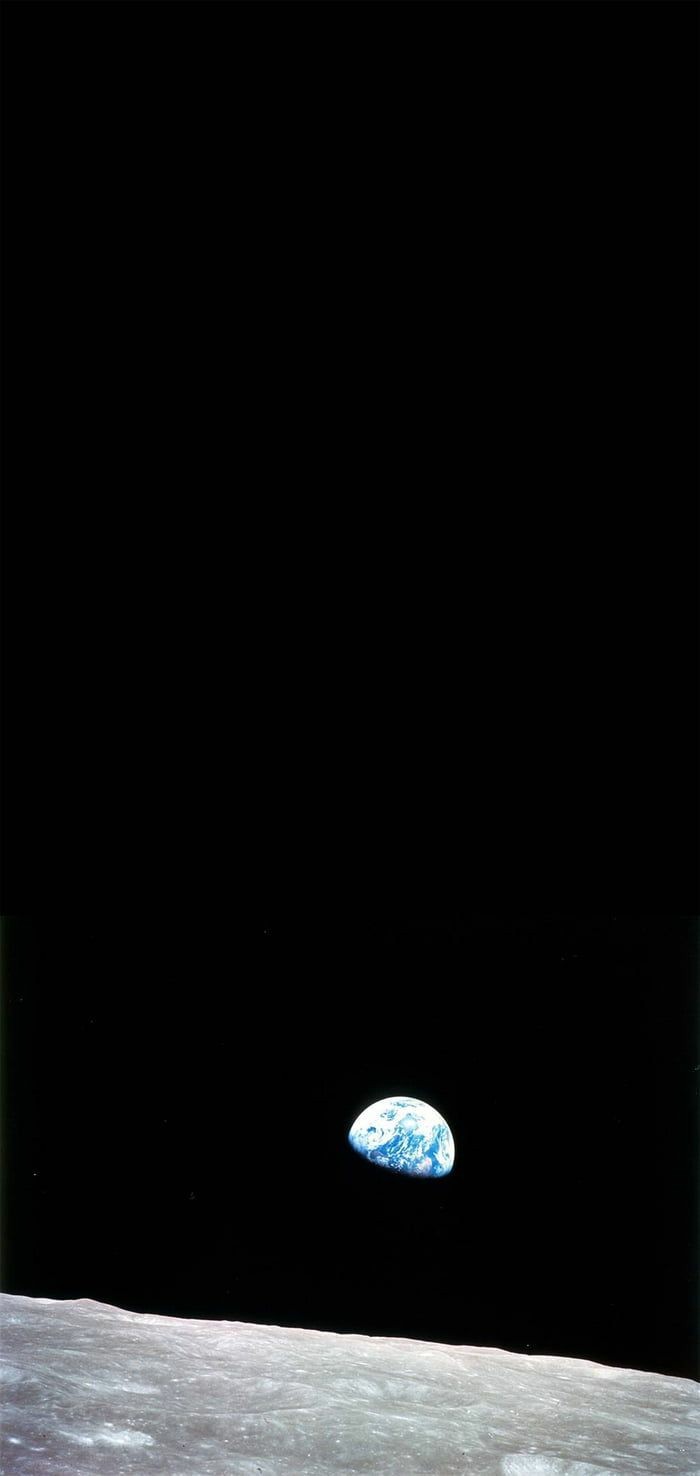Astrophotography - Blog Posts




Stars and the Milky Way in Coconino National Forest, Arizona, USA
Images 1, 2, 3, 4 by Coconino National Forest on Flickr.

Betelgeuse, Betelgeuse, Betelgeuse - February 16th, 1997.
"Betelgeuse, a red supergiant star about 600 light-years distant, is seen in this Hubble Space Telescope image - the first direct picture of the surface of a star other than the Sun. While Betelgeuse is cooler than the Sun, it is more massive and over 1000 times larger. If placed at the center of our Solar System, it would extend past the orbit of Jupiter. Betelgeuse is also known as Alpha Orionis, one of the brightest stars in the familar constellation of Orion, the Hunter. Like many star names, Betelgeuse is Arabic in origin. It is derived from a phrase which refers to the hunter's shoulder or armpit, the general area occupied by this star in drawings of the figure in the constellation. As a massive red supergiant, it is nearing the end of its life and will soon become a supernova."
Astronomers find a 'break' in one of the Milky Way's spiral arms

Scientists have spotted a previously unrecognized feature of our Milky Way galaxy: A contingent of young stars and star-forming gas clouds is out of one of the Milky Way's spiral arms like a splinter poking out from a plank of wood. Stretching some 3,000 light-years, this is the first major structure identified with an orientation so dramatically different than the arm's.
For more: https://fizikhub.com/
𝒕𝒉𝒆 𝒎𝒐𝒐𝒏 𝒊𝒔 𝒇𝒂𝒓 𝒂𝒘𝒂𝒚 𝒃𝒖𝒕 𝒔𝒕𝒊𝒍𝒍 𝒑𝒓𝒆𝒔𝒆𝒏𝒕…𝒍𝒊𝒌𝒆 𝒚𝒐𝒖



The Colors of Saturn from Cassini © ©










Hubble's anniversary images (2019-2025)
"I believe our future depends on how well we know this Cosmos in which we float like a mote of dust in the morning sky." —Carl Sagan

Utopia on Mars Image Credit: NASA, The Viking Project, M. Dale-Bannister (Washington University)
Explanation: Expansive Utopia Planitia on Mars is strewn with rocks and boulders in this 1976 image. Constructed from the Viking 2 lander's color and black and white image data, the scene approximates the appearance of the high northern martian plain to the human eye - NASA

Egg NebulaPhoto by geckzilla via flickr(cc)

The "ice giants" Uranus and Neptune appear to glow red-orange in new photos taken using Hawaii's Keck Observatory. The pictures show Uranus' rings and several moons, as well as Neptune's largest moon, Triton.
credits : livescience.com

Moon over Andromeda
Composite Image Credit & Copyright: Adam Block and Tim Puckett
Arecibo Observatory Collapse
Have you guys watched the new Alien Worlds docuseries on Netflix?

Saturn and Dione , 2005
credits : NASA
What would you take to the Moon with you?


Earthrise, Bill Anders, 1968.

True colour (left) and false colour views of Uranus from Voyager 2 taken on 17th of January, 1986 from a distance of 5.7 million miles.
Credits : NASA

Saturn Behind the Moon
Image Credit: Peter Patonai (Astroscape Photography)

Question of the day : How far is the Moon from planet Earth?

Mars as seen from Hubble, snapped on April 27th through May 6th, 1999.
Image Credit : NASA COMMONS

Earth and Moon from Saturn, a true color composite taken on July the 19th, 2013 from Cassini spacecraft at a distance of 898, 419, 474 miles or 1,445,865,990 kilometers away from Earth.
Credits : NASA/JPL/SSI/Composite by Val Klavans via Flickr

Happy eighth anniversary, rover Curiosity !
Picture Description: NASA's Curiosity rover took this selfie on Oct. 11, 2019, the 2,553rd Martian day, or sol, of its mission.
The rover drilled twice in this location, nicknamed "Glen Etive" (pronounced "glen EH-tiv"). About 984 feet (300 meters) behind the rover, Vera Rubin Ridge rises up. Behind it lies the floor of Gale Crater, which Curiosity is exploring, and the northern rim of the crater. (Text adapted from nasa.gov)
Credits: NASA

Saturn like Exo Planet discovered in the habitable zone of another star system by a bunch of relatively amateur astronomers — under the umbrella called Habitable Exoplanet Hunting Project. (HEHP)
Watch the video here : https://youtu.be/0A7gEaewOws

The Pillars of Creation at the centre of M16 or the Eagle Nebula
Credits: NASA, ESA and the Hubble Heritage Team (STScI/AURA)

GLOBAL VIEW OF VENUS IN ULTRAVIOLET FROM AKATSUKI
A false-color image using two ultraviolet channels from Akatsuki's UVI camera at 283 nm and 365 nm distinguishes different components of the Venusian atmosphere.
VENUS' NIGHTSIDE GLOW
This image shows the night side of Venus in thermal infrared. It is a false-colour image using data from Akatsuki.
VENUS' SOUTH POLE IN ULTRAVIOLET FROM AKATSUKI, JUNE 20, 2016
A false-color image using two ultraviolet channels from Akatsuki's UVI camera, showing details along a colourful band encircling Venus' south polar vortex in morning daylight.
Images Credit : JAXA / ISAS / DARTS / Damia Bouic
VENUS' COUPLED DYNAMICS AND SULFUR CHEMISTRY FROM AKATSUKI, JULY 23, 2016
A false-color image using two ultraviolet channels from Akatsuki's UVI camera. Venus' cloud dynamics are just as complex as Earth's.
Note : Akatsuki is a Japanese mission launched in 2010 to orbit Venus (which it failed the first time) but successfully entered Venus' orbit on December the 7th, 2015.
EQUATORIAL REGION OF VENUS FROM AKATSUKI
Images acquired during orbit number 13 of the Japanese probe Akatsuki show an incredible amount of detail on the equatorial, tropical, and extra-tropical clouds of the planet



VENUS IN INFRARED FROM AKATSUKI: CLOUD WAVE
This view of Venus was acquired by the Japanese Akatsuki spacecraft's IR2 camera, which observes—among other things—the "warmth" of the planet's atmosphere on its nocturnal side.


I am speechless.




























